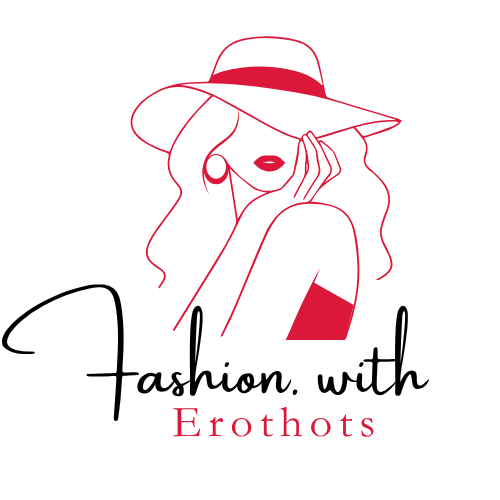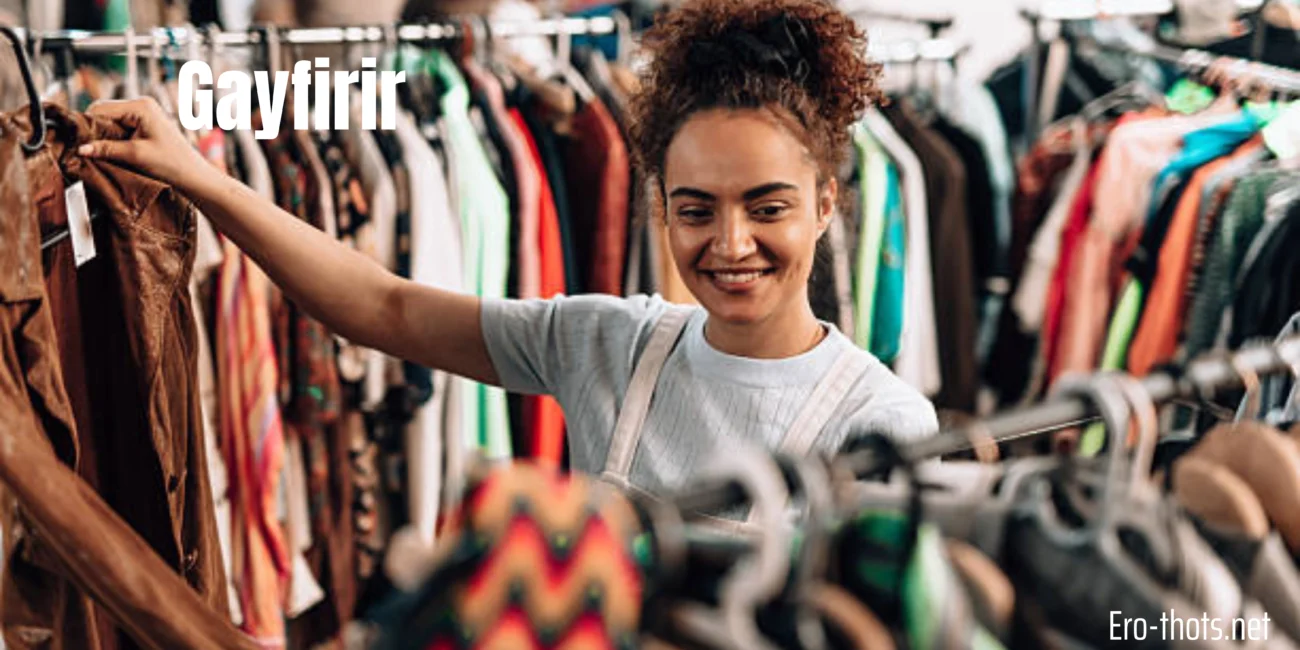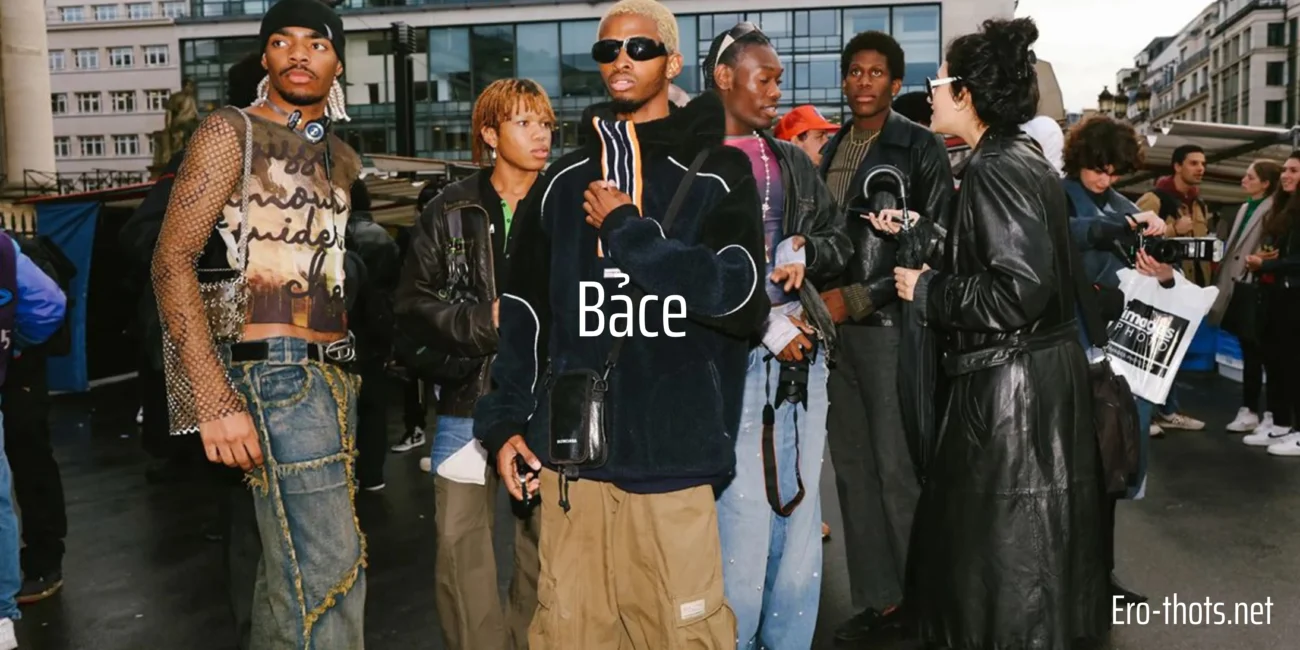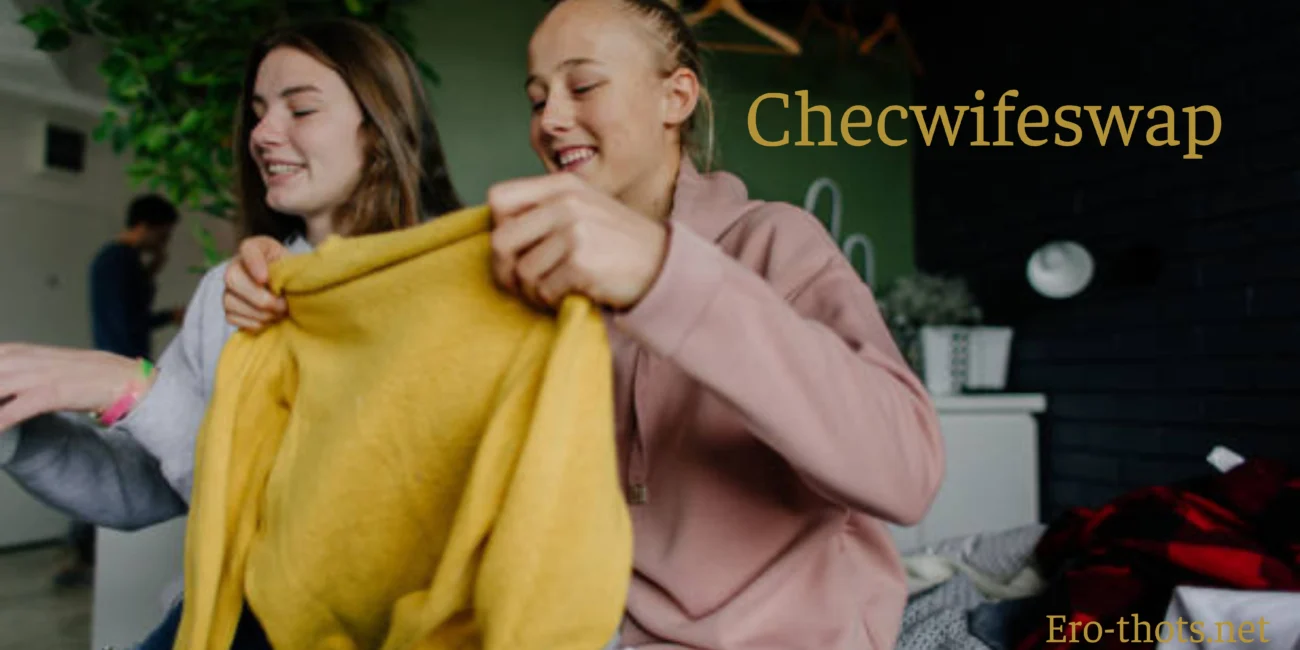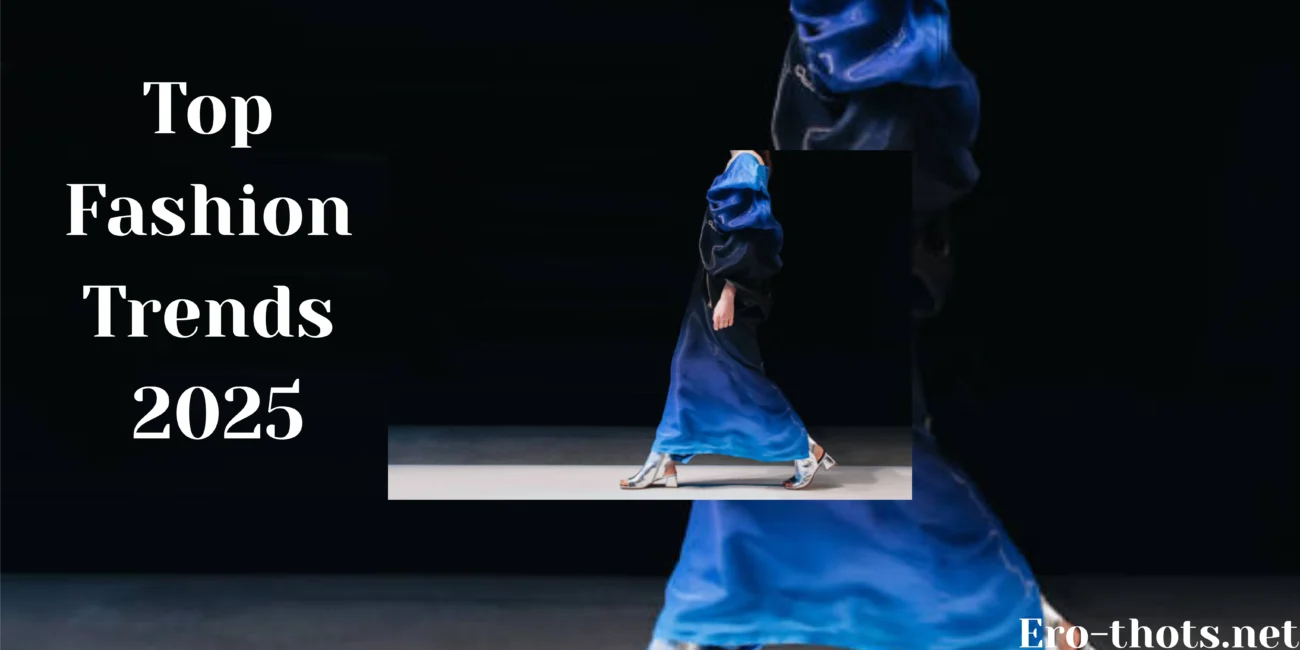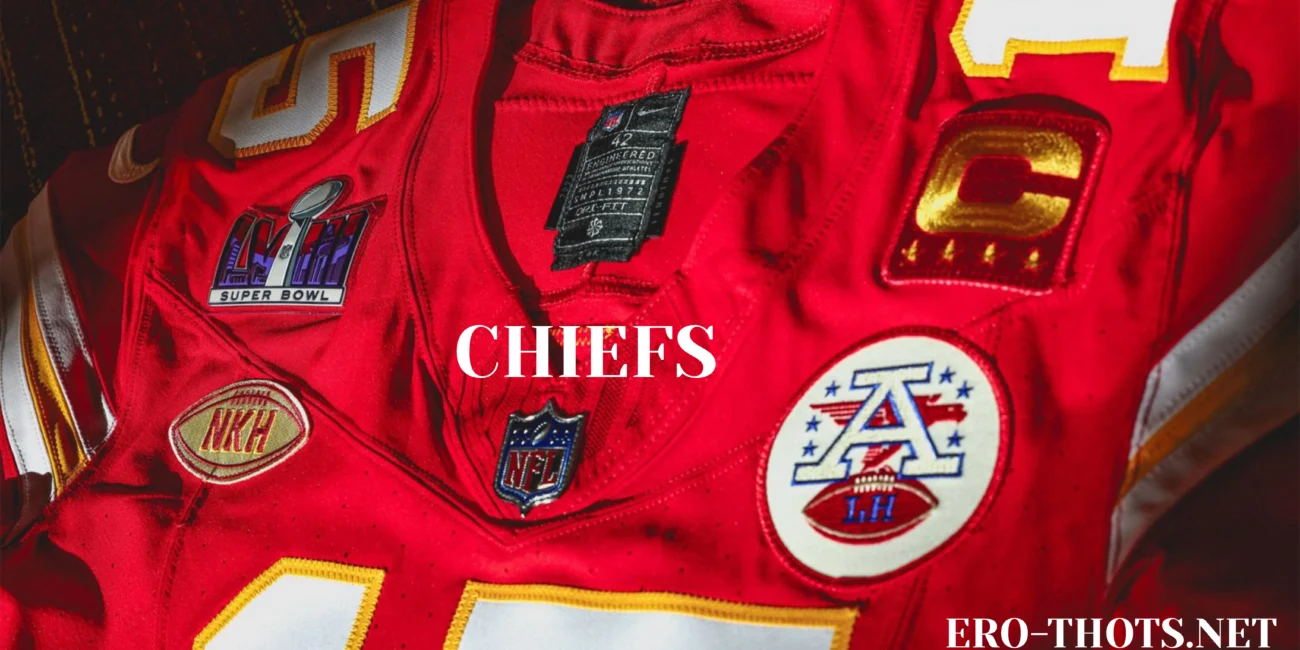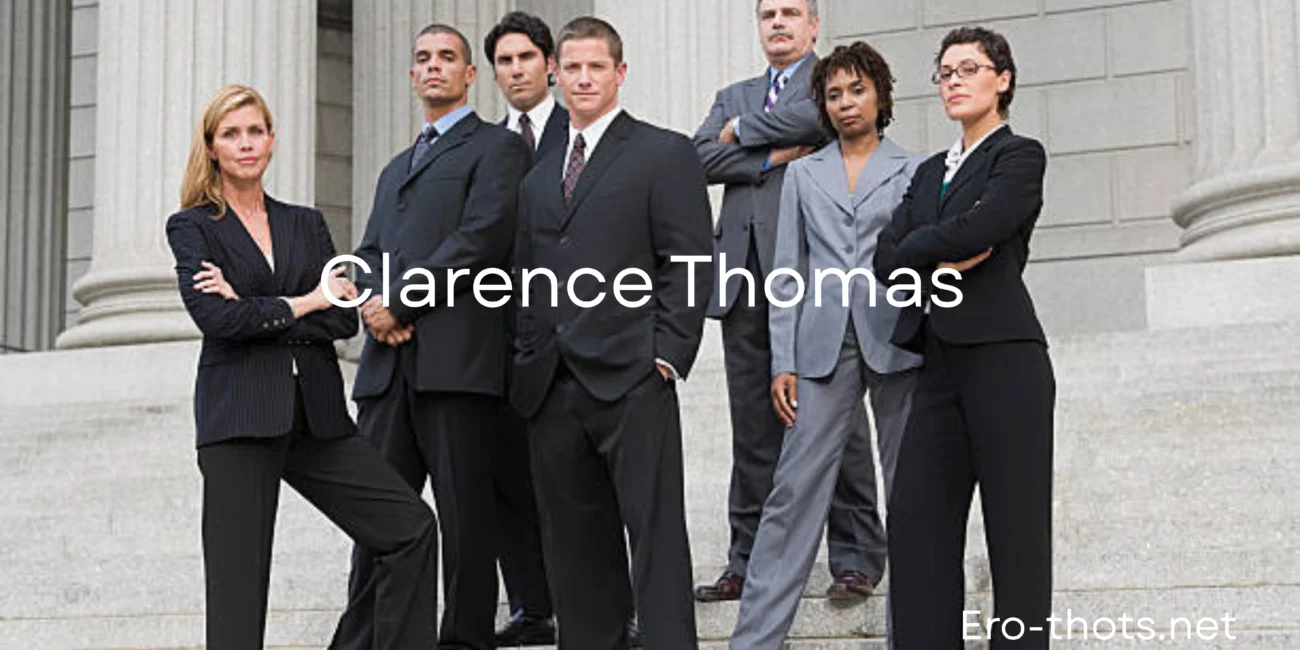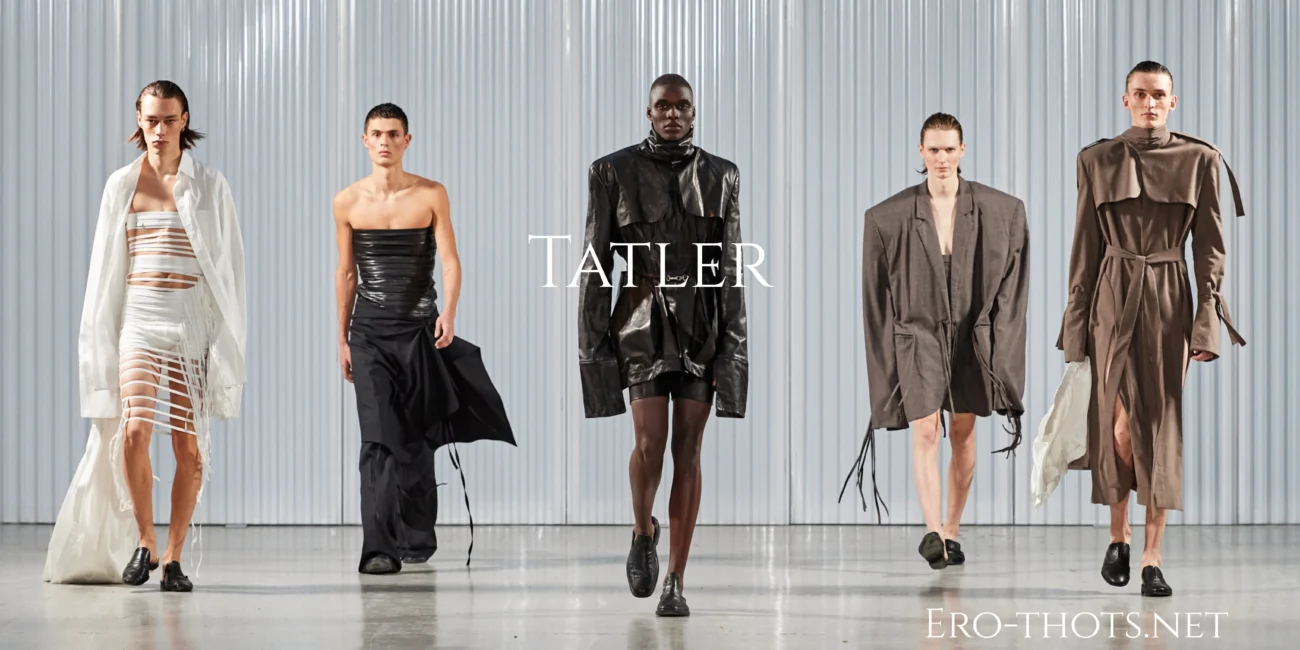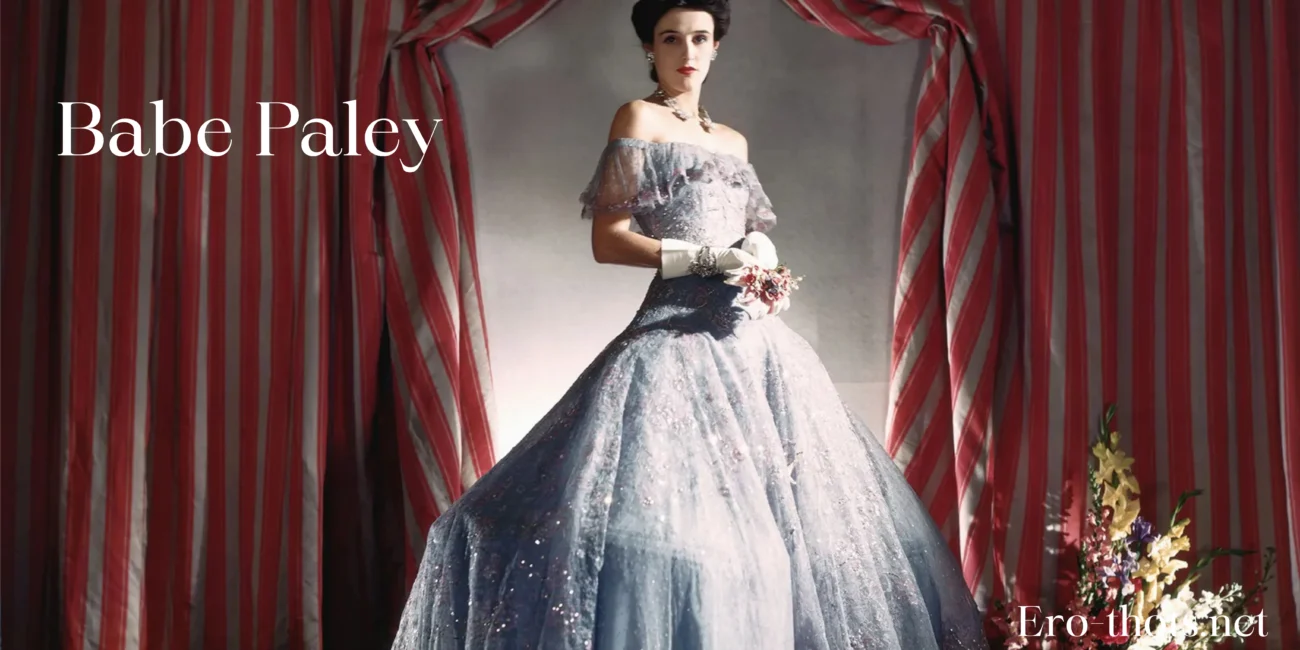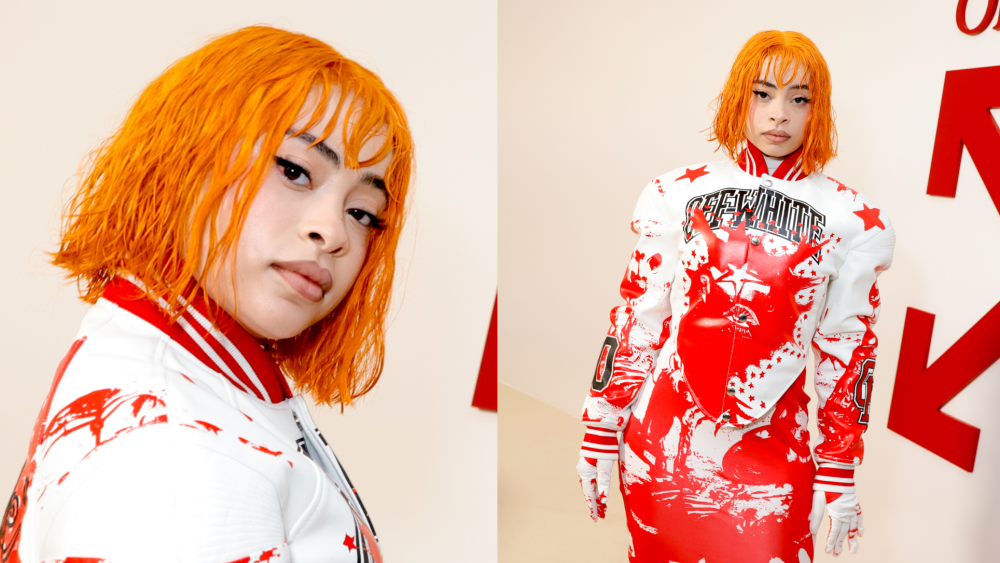Blog
Esquire Fashion: The Necessary Handbook for Classic Men’s Style
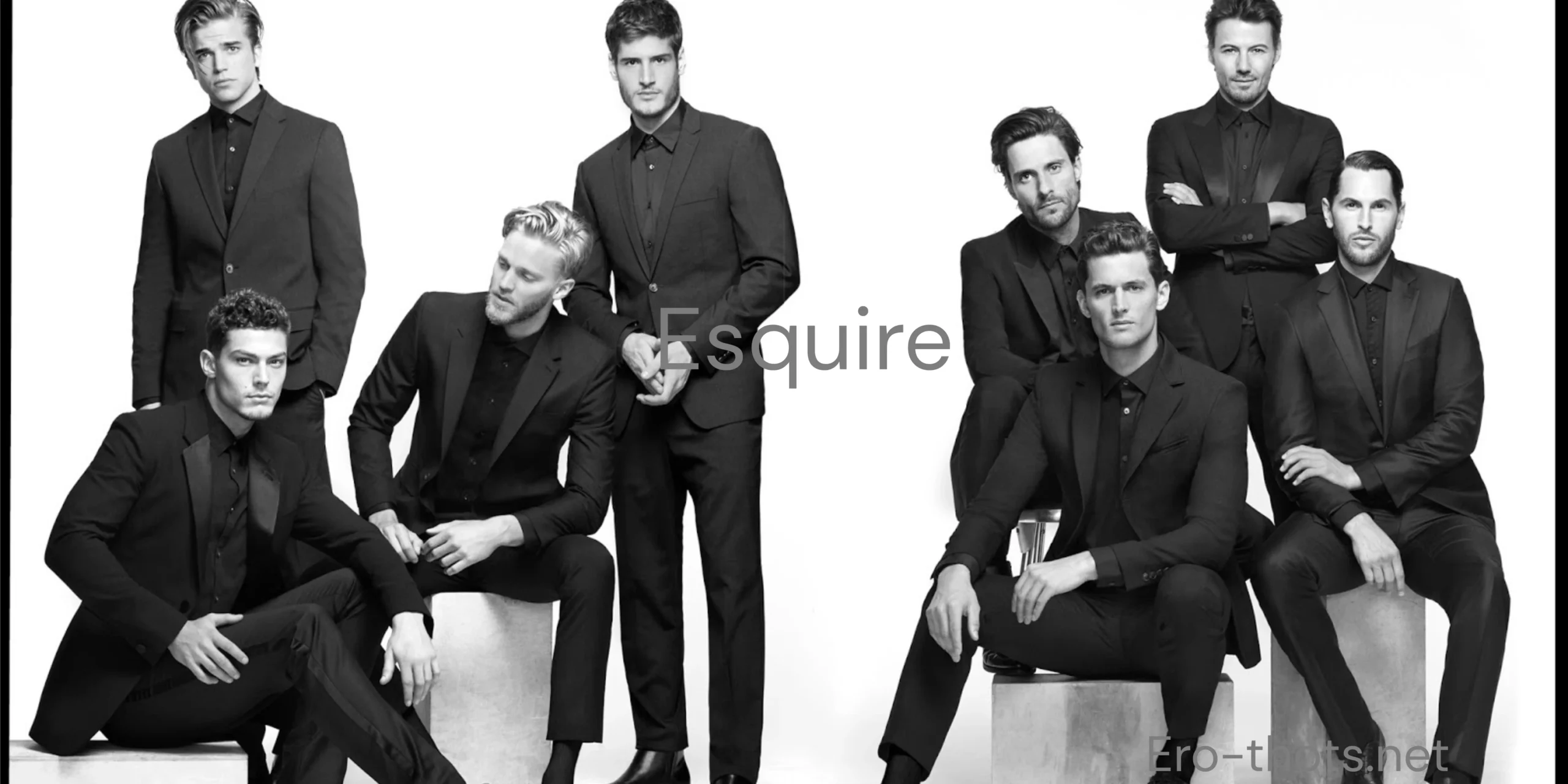
In the cyclic expedition that is fashion, the esquire aesthetic serves as a bastion of timeless elegance. Rooted in the tradition of classic menswear yet exploitable by contemporary forms of sartorial expression, esquire fashion represents a sublime balance of sophistication and functionality – the ultimate workwear plan for the gentleman who appreciates quality, fitting, and adaptable style.
The Building Blocks: Assembling Your Esquire Wardrobe
Every esquire wardrobe starts with essential pieces to form the foundation for nearly all of one’s outfits. These items are not passing fads destined for the Goodwill or donation centre after a single season; they are investments that are supposed to age well and should never lose their significance.
The ‘Must Haves’ for Suits
Every true esquire should possess at least two immaculate suits; a navy blue suit and a dark charcoal grey suit. Both of these colours present as universal colours that can be worn to the workplace, a wedding, a formal dinner, etc. The fit of a suit is vital as well: the shoulders should sit as naturally as possible, the sleeve should show an approximate 1/4″ of shirt cuff, and the trouser should break lightly on the shoe.
Esquire Color Palette
Esquire style appreciates a sophisticated color palette made up of core colors including navy, charcoal, burgundy, forest green, camel, and white. These colors are classic, work-well in collages, and photograph nicely. You can apply seasonal flair with accessories, like a burnt orange tie in the fall or a sky-blue pocket square in the spring.
Focus on Fit Over Fashion
The most recognizable part of the esquire look is the impeccable fit. A $300 suit that fits well always looks better than a $3,000 suit that doesn’t fit. You should use a fabulous tailor that understands your body type. There are four key adjustments, length of the sleeve, length of the pant, waist suppression, and shoulder adjustment.
Quality Fabrics Matters
The esquire look is favor of real fabrics, like wool for suits, cotton for shirts, and leather for shoes and belts. These fabrics breathe, they age, and feel good against the skin. You will want to avoid synthetic blends in your key pieces; the blends and blends will cost you less, but they won’t look better and will sure decay more.
Accessorizing the Esquire Style
Accessories should complement, rather than dominate. A good leather watch, a simple face, a silk tie in a traditional pattern, leather dress shoes in either oxblood or black, and a leather belt that matches your shoes. The bottom line is if people notice your accessories before they notice you, you overdid it.
Seasonal Change
An esquire wardrobe allows you to transition your wardrobe through the seasons with ease, utilizing layering and materials. Spring and summer, utilize lighter materials such as linens in a blazer, cotton trousers, etc…. In the fall and winter, I would add wool overcoats, cashmere sweaters, tweed sport coats, etc… The key is to maintain a similar look and elevated aesthetic regardless of the temperature.
Questions and Answers
Q: How many suits do I need in an esquire wardrobe?
A: First, two suits (navy and charcoal) is a good start and then you can add in a lighter gray and a subtle pinstripe. Quality vs. quantity are essential.
Q: Do I need designer brands?
A: No. The fit of your clothing and the quality of fabric is more important than a tag or label. A well-tailored, off-the-rack suit will always be better than a poorly fitting designer.
Q: Can I incorporate some elements of streetwear into an Esquire?
A: Potentially, but I would certainly reserve it for very selective occasions. For instance, sneakers that are clean and white can be worn with tailored trousers or a quality bomber jacket can work, but the look should be overall polished.
Q: How often do I update my esquire wardrobe?
A: Classic garment pieces are for years to come. Replace items that wear out and select one or two updated pieces each season, so you do not get too far behind fashion and are not, in too length of time, chasing cooler pieces that are just something nice to buy.
Q: What mistake do more men make when it comes to esquire fashion?
A: Poor fit. Many men wear suits that are too large and shoes that have seen their better years! Fit and upkeep are non-negotiables.
Q: What are some tips on dressing down esquire fashion for a more casual atmosphere?
A: Instead of a full suit, consider quality dark jeans and a blazer; swap dress shoes for quality loafers or clean, even fashionable sneakers; finally, skip the tie for an unbuttoned collar.
Disclaimer
The purpose of this article is to present general fashion and style tips, based solely on principles of classic menswear. Personal style, tastes, body types, climates, and budgets vary radically. Fashion recommendations should reflect individual fashions and contexts. Brand references are meant as approximate guidelines, and prices are subject to change. While rules exist in fashion, they do not exist in comfort or fit, so always choose fit and comfort before any other rule. Consider professional stylists and tailors as a recommendation. Everything in this content, and document, is purely for informative insight, not professional fashion or style consulting.

